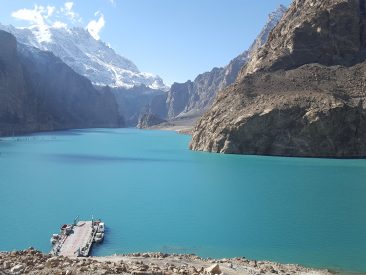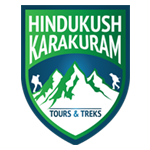HUNZA
The first seat of power of the formerly Hunza State was Altit. Later it shifted to Baltit (modern-day Karimabad). Until the fall of princely state in 1974, Baltit served as political center of Hunza and hence its capital. Today, Baltit is one of the major tourist destinations in Hunza.Before Hunza used to be part of Gilgit District but now Hunza is separate District of Gilgit Baltistan.The centre of activities has however shifted to the nearby Aliabad, which is a commercial hub in the region and has most of the governmental infrastructure.The Hunza District start from Hussain Abad till Khunjerab Pass,including Shimshal valley ,ChapursanValley and Misgar valley. The lower part is calls Central Hunza where people speak Brushaky and upper part is called Gojal where people speaks Wakhi( Tajik)
Lowe Hunza Valley:
Hunza valley lies in the North East of Gilgit along the Karakuram Highway one of the interesting beautiful touristic part of Pakistan. Both Hunza and Nagar were formerly princely states each ruled an unbroken lines of kings for almost 1000 years. The present ruling families occupied their positions sometimes, during the fourth period of Tarakhan rule in Gilgit. Both of the kings of Hunza and Nagar were the descended from the same family and they have still influence in the both valleys. Hunza is known one of the most touristic areas in Gilgit Baltistan. The views of few above 7,000 meters mountains and some historical Altit and Baltit fort, rock carvings along the KKH have amazing stories and interesting to visit. There are several short walks around Hunza. Thousands of domestic and international tourist visit Hunza. There are hotels, guest house, and home stays facilities. The people of the Hunza are welcoming warmly. You will feel like at your home and in the shops you will find handicrafts, antiques, carpets and other interesting things around. Visiting Hunza valley is worth. The Karakuram Highway brings you to China over Khunjerab Pass 4730 meters high which was the famous silk route in the early centuries caravans were used to travel during their trade.
Upper Hunza Valley ( Gojal):
Upper Hunza Gojal starts from the village Shiskut now the Atta Abad Lake covered most of the village, crossing Gulmit-Passu , Sust to the Khunjerab Pass. The people speak Wakhi Language in all these villages. Gulmit is the capital of Gojal, is a small village at about 2400m, well above the flooded river. Much has changed here since the rise of the new ‘Attabad Lake’. There are also many superb day walks near the Karakoram Highway from Gulmit. The Gulmit Museum, full of traditional ethnic artifacts, is in a room of Raja Hussain Ali Khan’s house, beside the Marco Polo Inn, and is well worth a visit. Old Gulmit is at the north end of the polo ground. Here you will find the Mir of Hunza’s summer residence, which is no longer used, the old Shia mosque with carved woodwork, the Tomb of Silum Khan III, water mills and old house, Drive to Passu, offer some of the best day walks and longer hikes in the area. The village is over 150 years old and owns the grazing rights up the north side of the 56km long Batura Glacier, so is able to support large herds of yaks, cattle, sheep and goats, but is less fortunate with its agricultural land. There are short walks around the villages, Batura Glacier, Passu Glacier, Borith Lake and visiting the villages will add to the joy of this trip. There are hotels, guest houses and home stays with hospitable people. There are day walks one of the interesting Gholkin Glacier is about three hours. The interesting high village of Chupersen is also part of Gojal worth to visit but now adays is closed for visitors.

